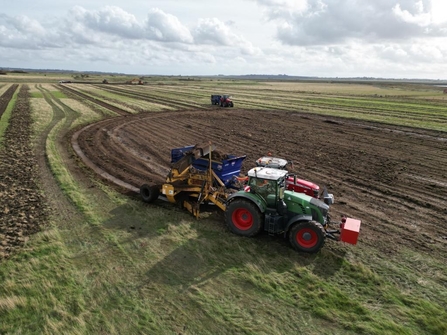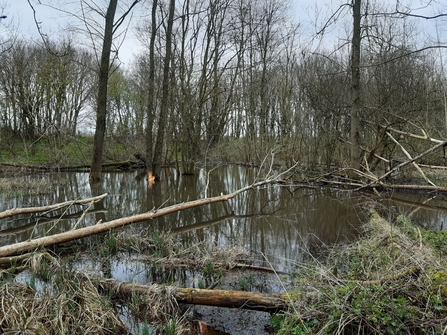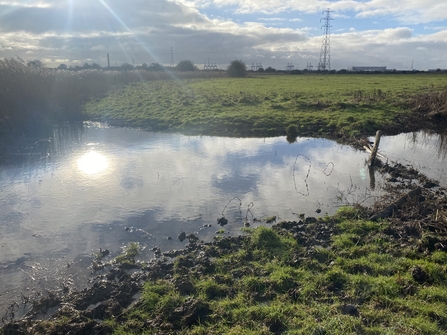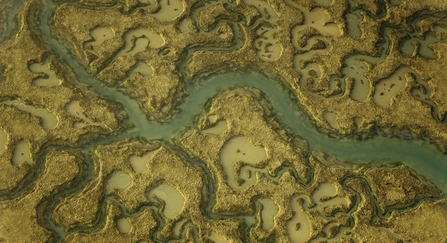Celebrating World Wetland Day 2023
Wetlands are habitats where water saturates land permanently or for a period of time. Whether it is the turning of the tide or anticipating rainfall, these dynamic ecosystems are constantly changing. A wetland can take many forms, from upland peat bogs to floodplain meadows or muddy saltmarsh.
Wetlands offer a home to a tenth of the UK's wildlife. The cool pools of collected water on a hot summer's day are lifelines for aquatic species like dragonflies, snakes and water voles. On the shallow muddy marsh banks, wading birds will paddle and hunt for food using their long beaks. In long, grassy wetlands, you'll find vulnerable ground-nesting birds like lapwing and redshank.





